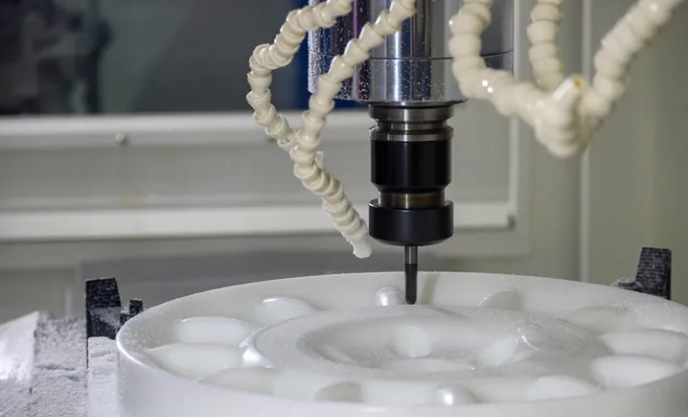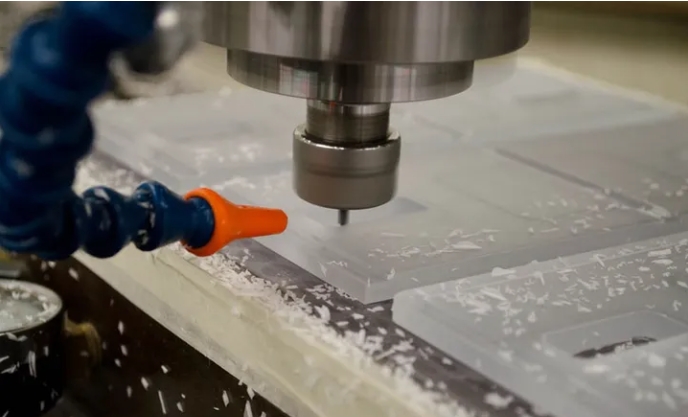CNC Machining of POM Material: An Outstanding Choice for Precision Manufacturing

POM, also known as polyacetal or engineering plastic, is a high-performance plastic known for its excellent mechanical properties and chemical stability. With high strength, hardness, and rigidity, coupled with a low coefficient of friction and remarkable wear resistance, POM stands as an ideal choice for manufacturing high-precision components.

Advantages of CNC Machining POM:
1.High Precision: CNC machining technology allows the cutting and processing of POM material with precision at the micrometer level, ensuring final products meet stringent dimensional requirements.
2.Complex Geometry: POM material, when CNC machined, can achieve complex geometric shapes and intricate structures, providing designers with greater creative freedom.
3.Surface Quality: CNC machining can achieve high-quality surface finishes for POM parts, reducing the need for additional post-processing and enhancing product aesthetics and performance.
4.Wear Resistance: POM's superior wear resistance is maintained through CNC machining, making it suitable for applications in high-friction and high-load environments.
5.Low Friction Coefficient: The low friction coefficient of POM makes it excel in applications requiring sliding or rotational motion, such as bearings and gear systems.
What are the difficulties in using CNC to process POM?
1.Hardness: POM material exhibits relatively high hardness, which may lead to accelerated tool wear. This could necessitate more frequent tool replacements, thereby increasing production costs.
2.Cutting Performance: POM's cutting performance is relatively poor, potentially resulting in significant cutting forces on tools. During high-speed cutting processes, this may lead to suboptimal surface quality.
3.Temperature Control: Due to POM's relatively low thermal conductivity, the CNC machining process may generate elevated temperatures. Therefore, an effective cooling system is required to prevent overheating of both the workpiece and tools.
4.Surface Treatment: CNC-machined POM components may require additional surface treatment to enhance their appearance and smoothness. This may contribute to an overall increase in machining time and costs.
5.Complexity of Design: Parts made from POM with complex geometries and minute features may demand additional machining steps and higher precision, thereby increasing the difficulty of manufacturing.
Application Areas:
Mechanical Components: CNC machined POM finds applications in various mechanical components, including gears, bearing housings, and more.
Automotive Parts: POM is widely used in automotive manufacturing for components like door handles, interior parts, and others.
Electronic Devices: CNC machined POM material is commonly seen in the outer casings, brackets, and other components of electronic devices.
Medical Equipment: POM's biocompatibility and chemical resistance make it an ideal choice for medical devices, such as surgical instruments and parts.
CNC machining of POM material not only achieves high precision manufacturing but also fully exploits the excellent properties inherent to POM. When aiming for high-demand, high-performance components, choosing CNC machining of POM is a reliable step towards precision engineering manufacturing.